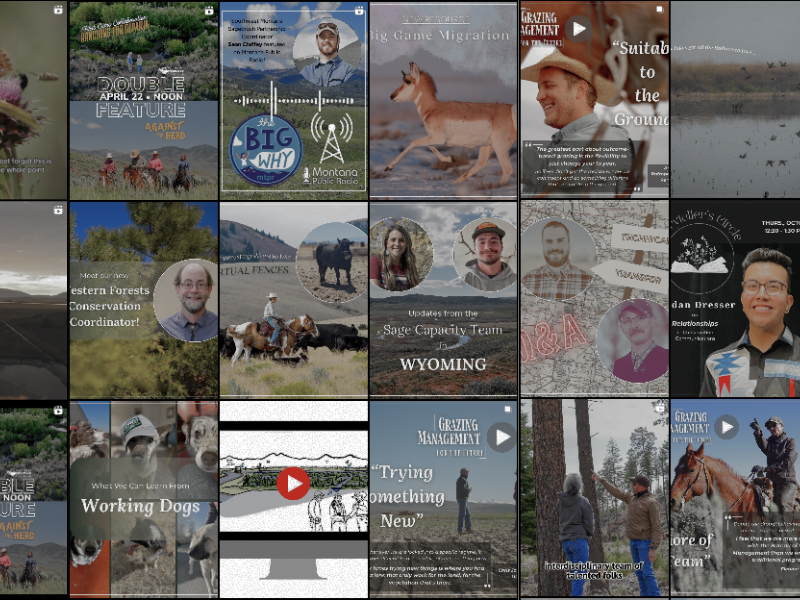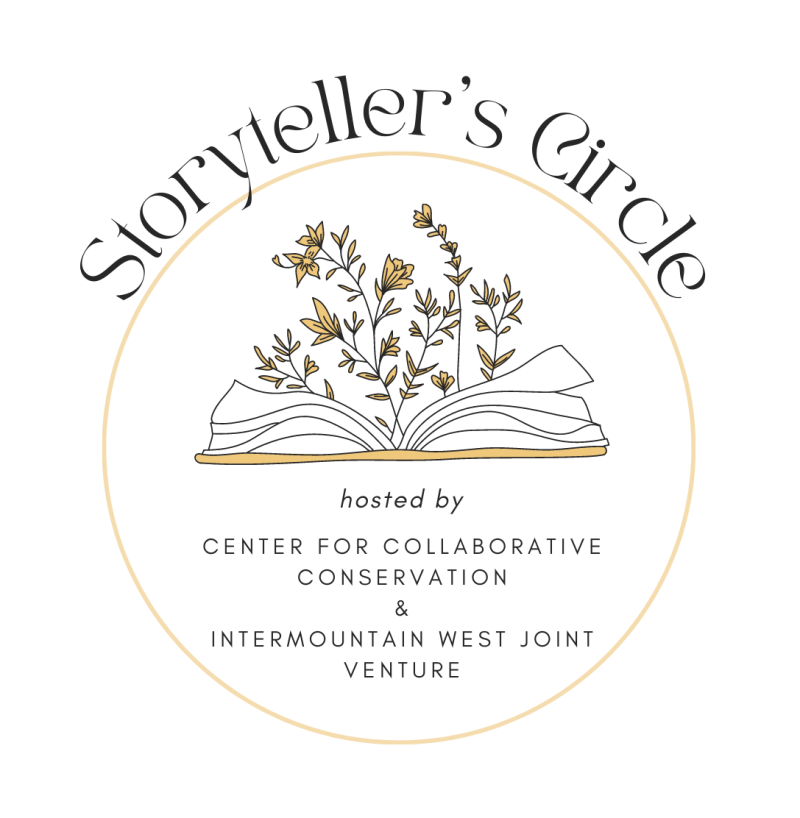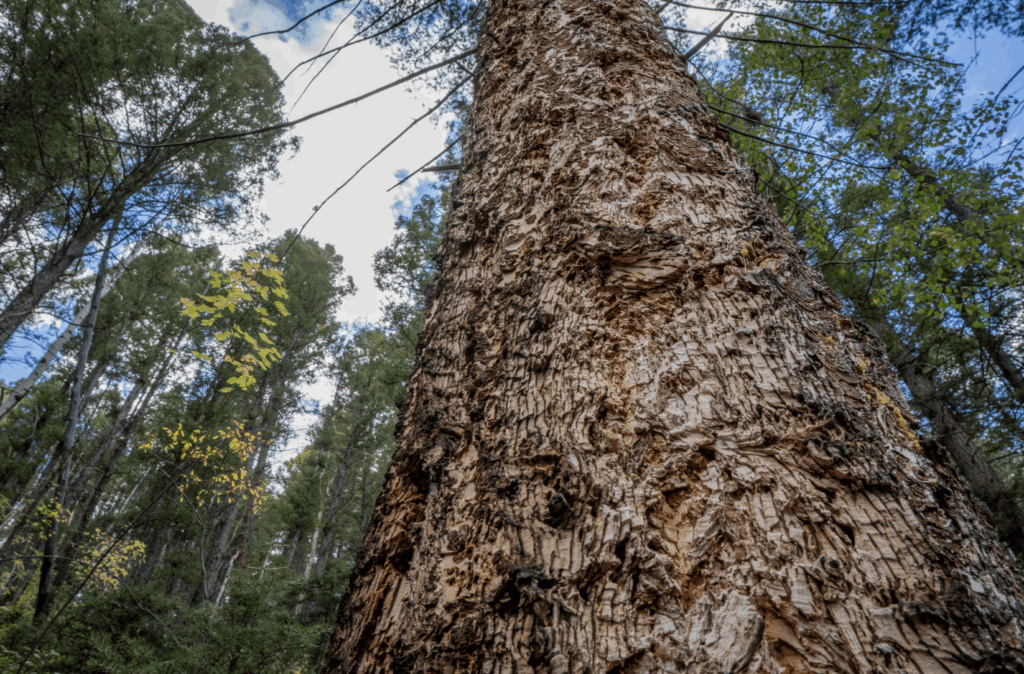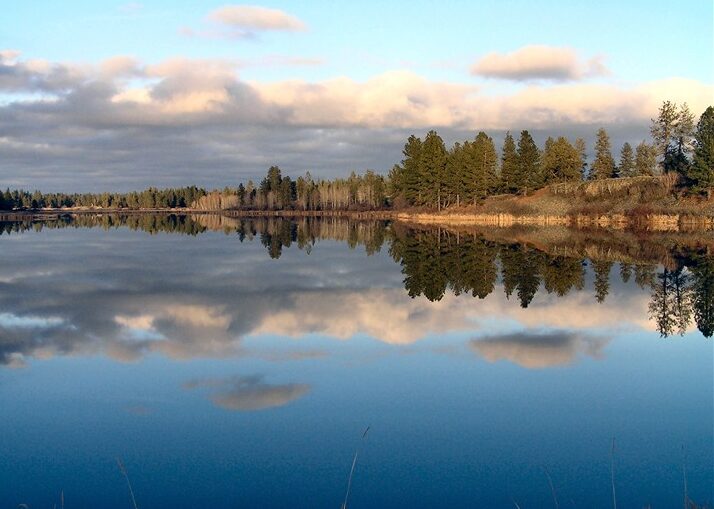
By Megan McGrath – IWJV Sagebrush Communications Specialist
When you work in conservation, social media can honestly seem a little silly. In our jobs and in our personal interests, we talk all day with people who supervise ecological indicators like the health of plants and streams. In an increasingly digital age, we are blessedly immersed in the messy, rambling, and real natural world.
Scrolling through our social media feeds sometimes begs the question—what is social media even good for?
Unfortunately, or fortunately, social media is good for a lot—even for those working in conservation. The IWJV team has been experimenting with different tactics to make our social media feed relevant and engaging, both to produce and to consume. It turns out that social media is a fun and useful art form in and of itself.
Here are some of our latest social media experiments and why we think they work:
Leverage Trends to Get Attention…and Use What You Have
The Media:
This short Reel compiles beautiful clips from sagebrush country into a wistful calling card that we hoped would make viewers long for the great outdoors and connect the beautiful vistas shown with the conservation work we’re doing to protect them. The caption points intrigued viewers back to our newly launched website.
Why It Works:
We try our best to find moments when a popular social media trend can work for us and the resources we have on hand as an organization. This was one of those times.
This social media trend uses this specific piece of music, Take My Hand by Matt Berry, to underscore a romantic video collage of something beautiful or important. It occurred to us that that message, and that longing, connects beautifully with our partnership-driven conservation work. We also realized we had built up a longstanding library of little miscellaneous nature clips over the years. This Reel idea took advantage of that resource.
Finally, social media content needs to have a goal. We had the idea and the material, but what was the call to action for viewers? Around this time, we had just concluded an enormous body of work that led to the launch of our revitalized website. Because this Reel idea connected back to a wider philosophical view of conservation work and its importance, we wrote up the caption to serve as a basic introduction to the IWJV, with a note to check out our new website for more inspiring content in this vein.
The Takeaway:
We are sometimes tempted to dismiss social media as an exercise because we have this instinct that the real world, and time spent there, is so much more worth it. And that’s true—the world itself is the point of all of our conservation work and all our creative endeavors. But this specific social media trend acknowledges that. Like all our creations, the motive for posting on social media can come from a genuine place of wanting to connect with people.
Collaborators Mean Bigger Audiences
The Media:
We generally try to use our social media to advertise larger efforts or creative works. In this case, we made this carousel image post for Instagram and Facebook to advertise a recent article showcasing the work of one of our Sage Capacity Team members, India Barker. The post includes a quote from India that captures the overall message of the article, and the article title and tagline to hopefully tempt viewers over to the longer story.
Why It Works:
Social media that advertises a longer product or body of work is a win-win, in that it capitalizes on the deeper work that our organization already does. We primarily view social media not as a project in and of itself, but more as an advertising and distribution hub to raise awareness of our work. Even if no one follows our call-to-action to click through to the longer article, these pithy, at-a-glance posts help tell a wider audience what the IWJV and our awesome partners are all about.
In this case, our awesome partners came through for us big time. At over 9,000 views on Instagram, this is one of our most-seen pieces of social media content to date. Over 95 percent of those views were by accounts that do not yet follow the IWJV. The week before we flew this post, we were able to connect with the communications teams at the Bureau of Land Management and the Mule Deer Foundation, who are key contributors to the success of the partnership spotlighted in the original article. With their permission, we marked both organizations as collaborators on this post, which meant that it was widely seen by their audiences—both of which are much, much larger than ours!
The Takeaway:
The process of distilling something big like an original article into a bite-sized social media format forces us to get in touch with the deepest messages we’re trying to communicate—what’s actually important here? So, turn your more precious, serious endeavors into social media. It puts them in a format that partners can share, and if you can get the attention of bigger accounts all the better.
Use Social Media to Make Things Fun
The Media:
It’s nothing particularly special: Just an image of the IWJV’s new Implementation Plan. But the caption, we hope, is mildly charming.
Why It Works:
Sometimes the thing you’ve been working on is just not that interesting to everyone else. A website remodel, for example. Or in this case, the IWJV’s Implementation Plan (IP). It’s a lengthy document that’s highly important to our organization but one we know won’t be read by the masses. But our staff worked incredibly hard on this 100-plus page plan that will guide the IWJV for several years, and when we work this hard on something, we want to get it out into the world. Social media is a way to do that. So how do we make it interesting?
In this case, we leaned on the caption. Once we’ve spent what feels like a year and a day on a project, we might find the material worn out ourselves. But to anyone else, it’s FULL of good stuff. This is true of organizational documents in general. We know from our own work lives that any time we’re really curious about something, we go looking for plans and reports. So, we did our best to channel that energy into something that will hopefully help people view our IP with some curiosity.
The Takeaway:
Most things can be turned into social media if you’re a little creative. If you’ve worked hard on something, it’s probably worth sharing in some capacity. Try to look at it through fresh eyes, think about why audiences might be interested, and then communicate that. You never really know what will stick, so take chances.
Storyteller’s Circle – August 28:
Partnering with Influencers to Advocate for Conservation
Want to learn more about social media in conservation?
Join us on August 28th as Challie Facemire from Central Arizona Conservation Alliance and Jeny Davis from the National Forest Foundation share insights and lessons learned from their Sonoran Insiders program, where they have partnered with social media influencers to advocate for good stewardship and responsible recreation outdoors!
The Storyteller’s Circle is a free virtual event for conservation communicators to engage in peer-supported professional development.



